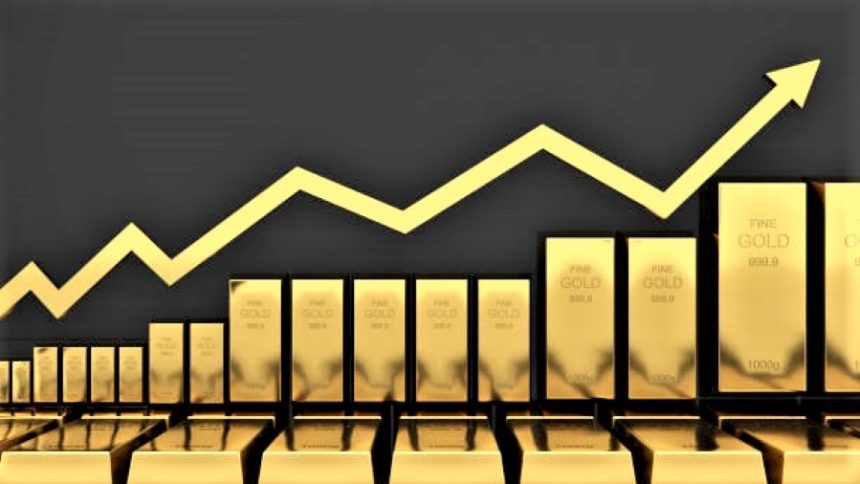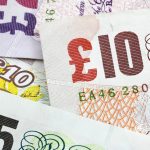Gold price higher for the second day in a row.
Following an intraday slump to the $2,400 range, the gold price (XAUUSD) turns positive for the second day in a row, climbing to a one-week high during Wednesday’s Asian session.
Geopolitical uncertainties, a small USD decline, and global economic troubles support the XAUUSD.
The Israeli airstrike on Lebanon’s capital in retaliation for a missile fire in the Golan Heights on Saturday elevated the possibility of escalating geopolitical tensions in the Middle East. This comes amid a weak global economy The growth prognosis fuels flows towards the safe-haven precious metal.
Traders are now awaiting the Fed’s policy announcement before committing to a definite near-term trend.
Meanwhile, the US Dollar (USD) deepens its overnight decline from a nearly three-week high amid dovish Federal Reserve (Fed) predictions, which appears to be another reason supporting the gold price. It remains to be seen whether the metal can profit on the advance, as bulls may wait for more clues regarding the Fed’s rate-cutting strategy before placing new wagers. As a result, the conclusion of a two-day Federal Open Market Committee (FOMC) meeting, which begins later today, will remain the primary focus.
Daily Market Movers: Gold price gains from geopolitical risks and Fed rate cut bets.
Geopolitical dangers resulting from continuous wars in the Middle East, as well as concerns about a global economic slowdown On Wednesday, the gold price reached a one-week high following a small US dollar decline.
The Israeli military struck Lebanon’s capital, Beirut, and targeted the Hezbollah commander responsible for the strike in the Golan Heights on Saturday, raising fears of a regional war.
According to early estimates issued by the federal statistical office Destatis, the German economy unexpectedly contracted by 0.1% in Q2, compared to 0.2% growth in the previous three months.
The US Job opportunities and Labor Turnover Survey (JOLTS) reported that the number of job opportunities declined to 8.18 million in June from 8.23 million the previous month, but remained above the market expectation of 8.03 million.
The Conference Board’s Consumer Confidence Index increased marginally to 100.3 in July from the previous month’s downwardly revised estimate of 97.8, as consumers remain relatively optimistic about the work environment.
The USD rose somewhat in response to positive US macro data, but the impetus faded soon amid expectations that the Federal Reserve’s rate-cutting cycle would begin in September.
National Bureau of Statistics (NBS) announced economic activity in China’s manufacturing sector fell.
The National Bureau of Statistics (NBS) announced on Wednesday that economic activity in China’s manufacturing sector fell for the third consecutive month in July, while growth in the services sector remained muted.
Investors are now looking to the highly anticipated Fed policy announcement for clues regarding the rate-cutting path, which will have a significant impact on demand for the non-yielding yellow metal in the near term.









